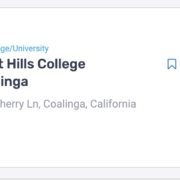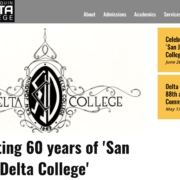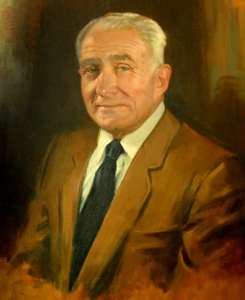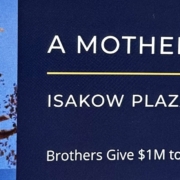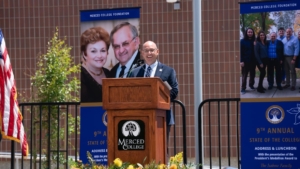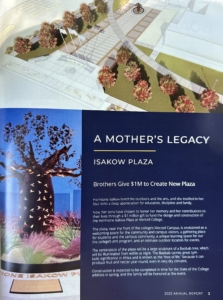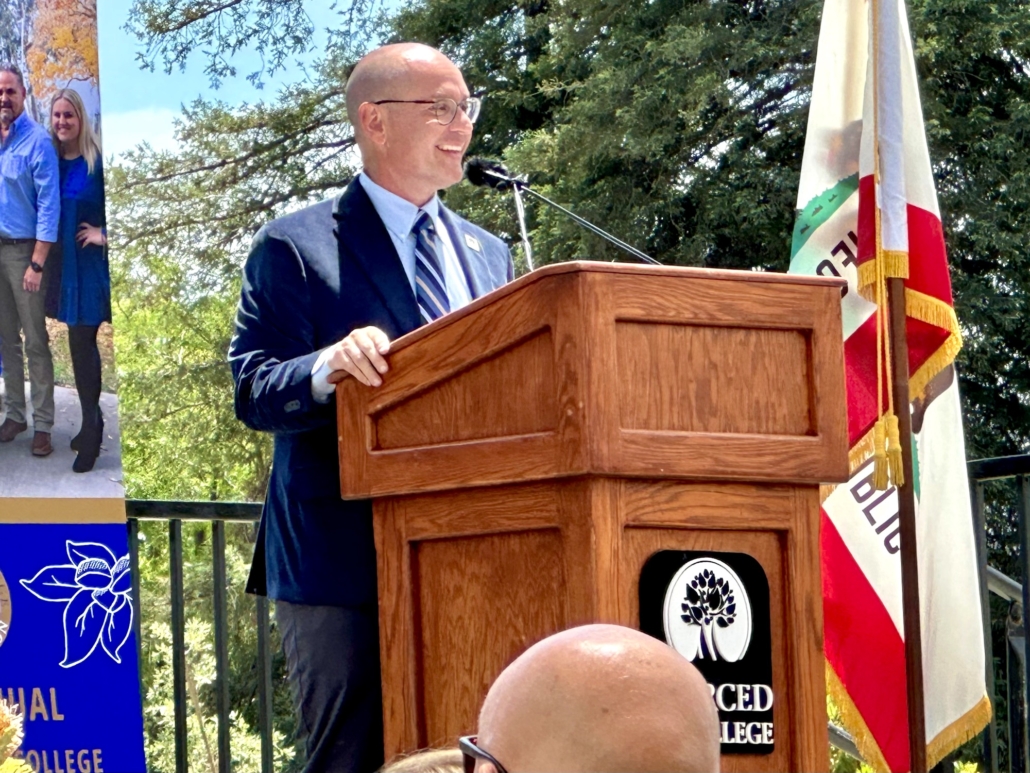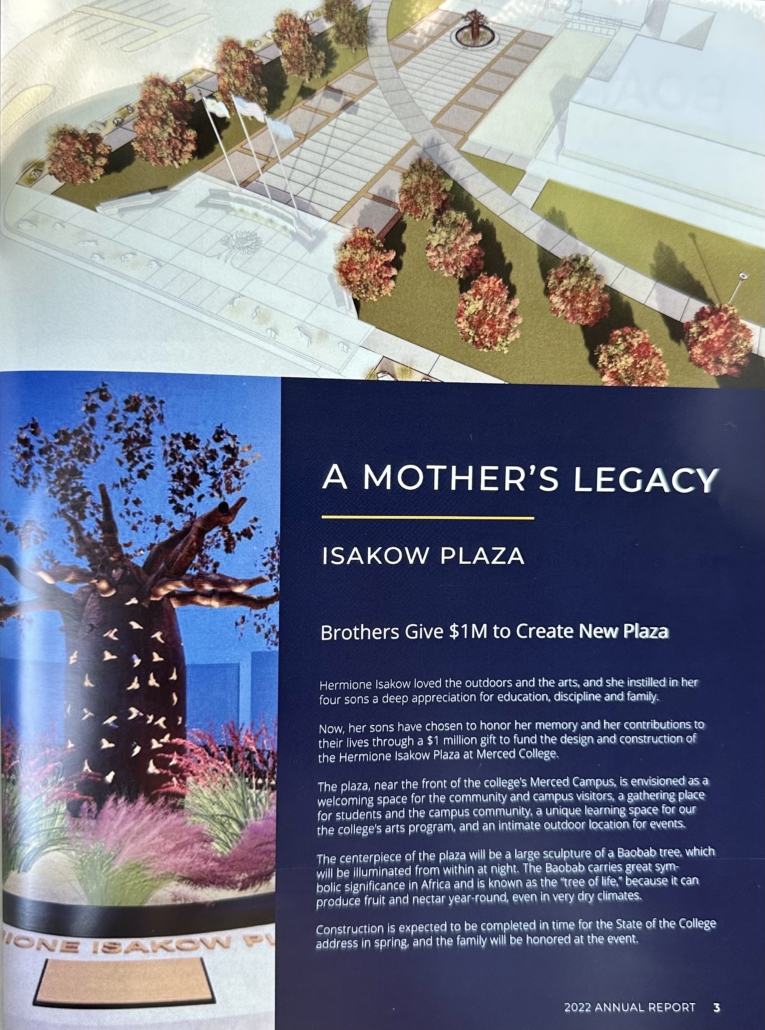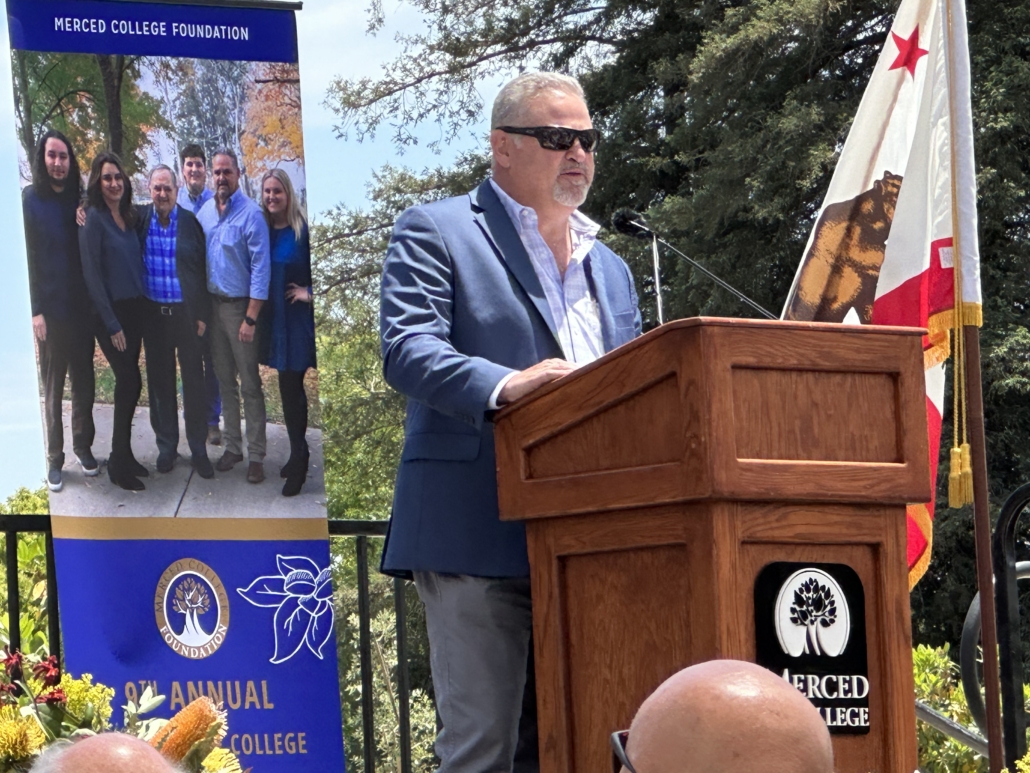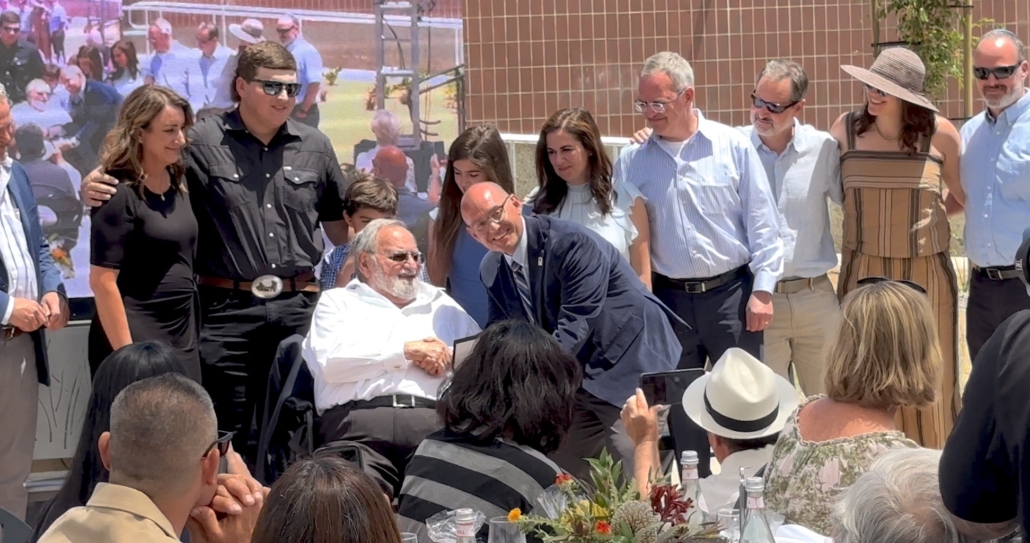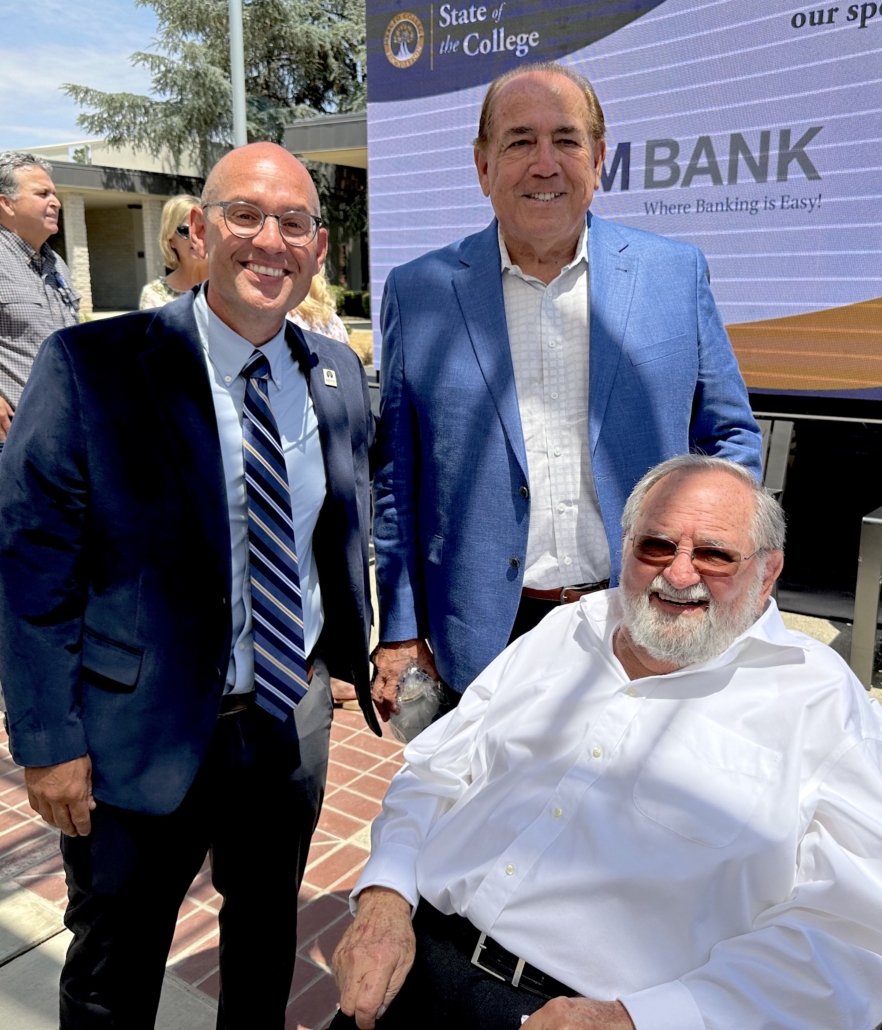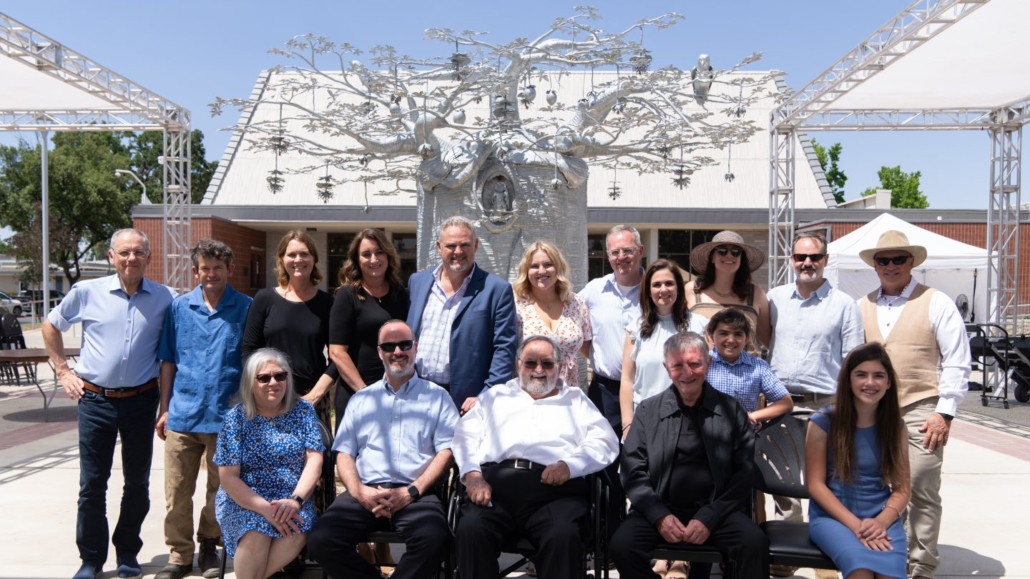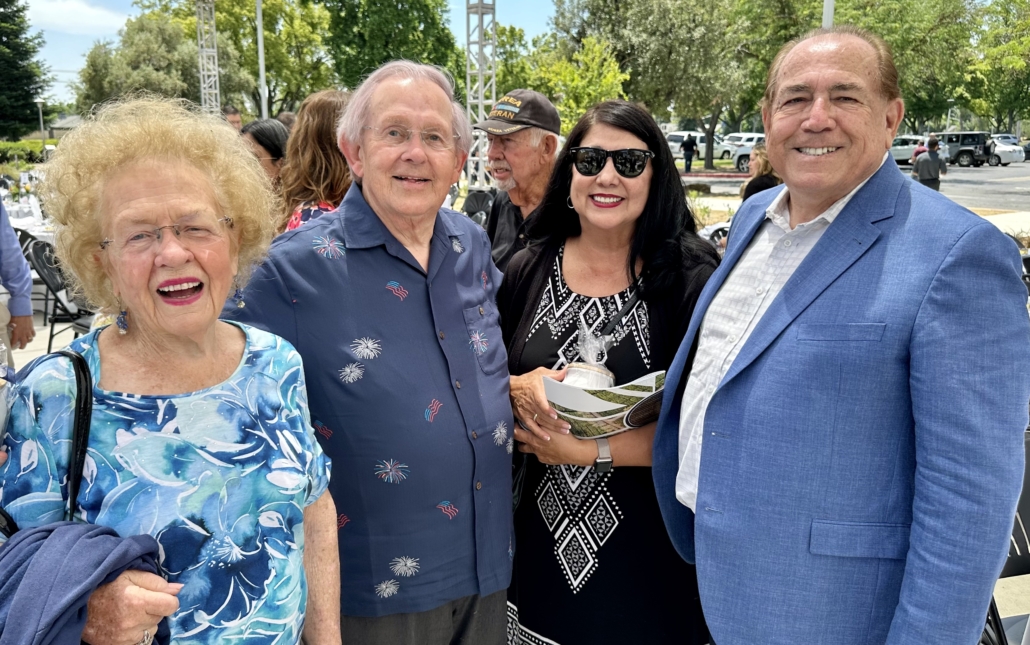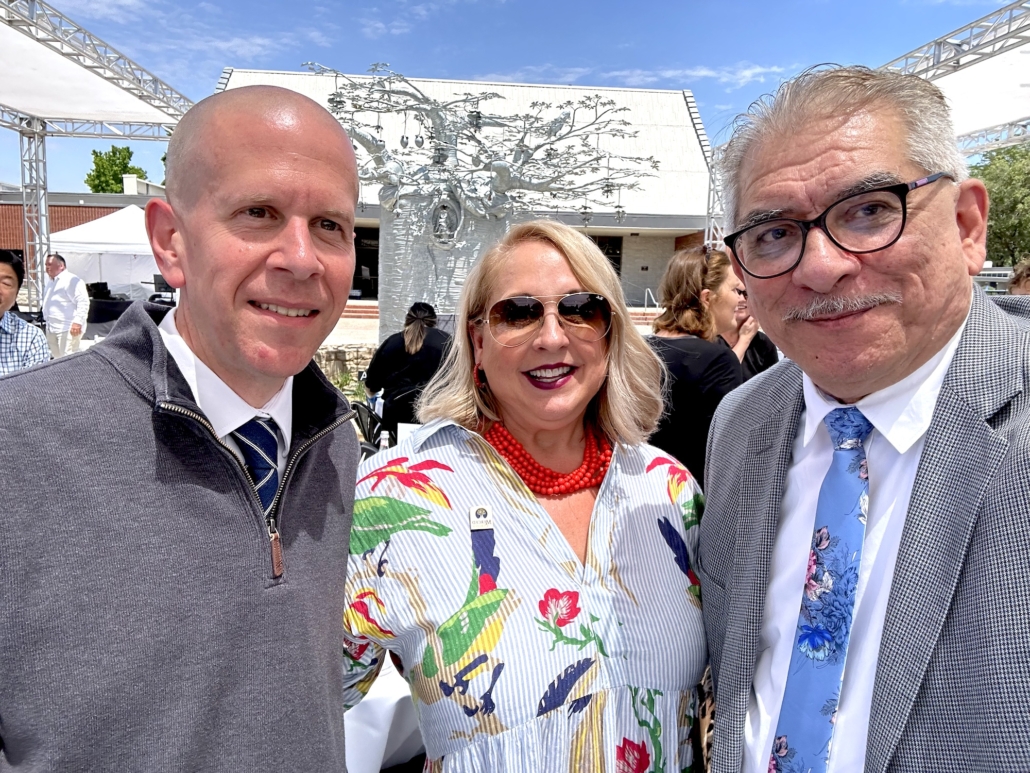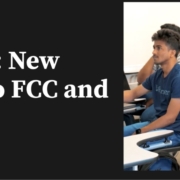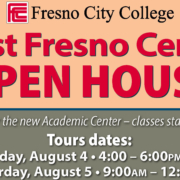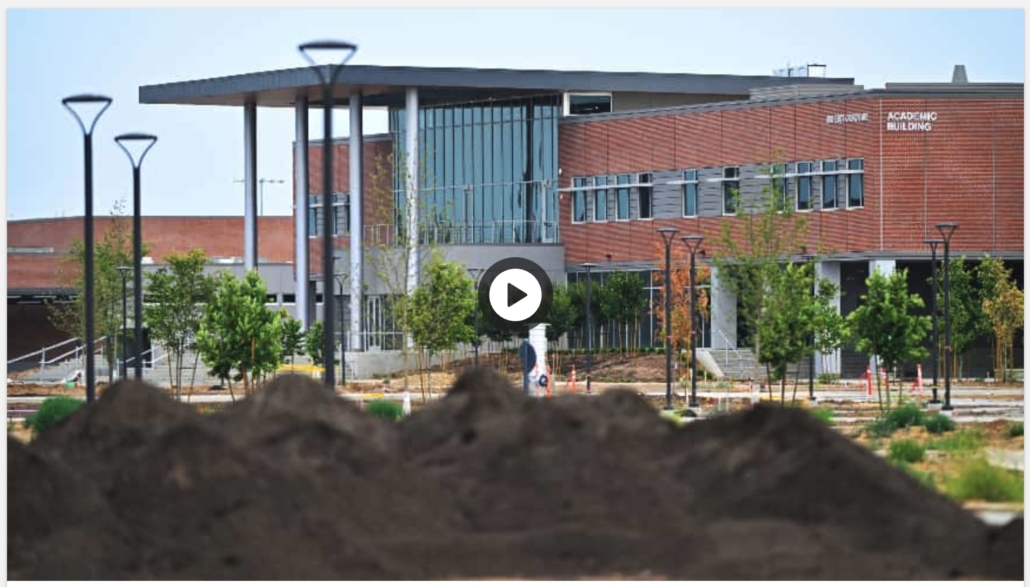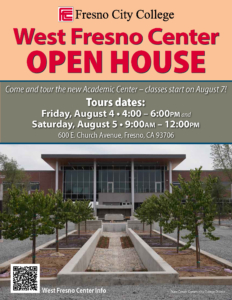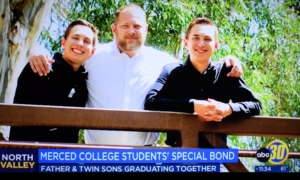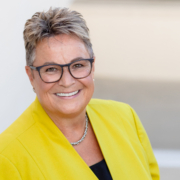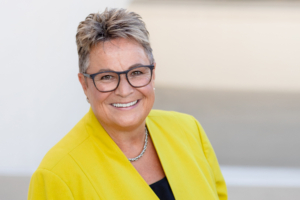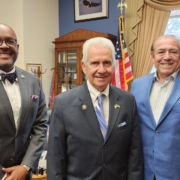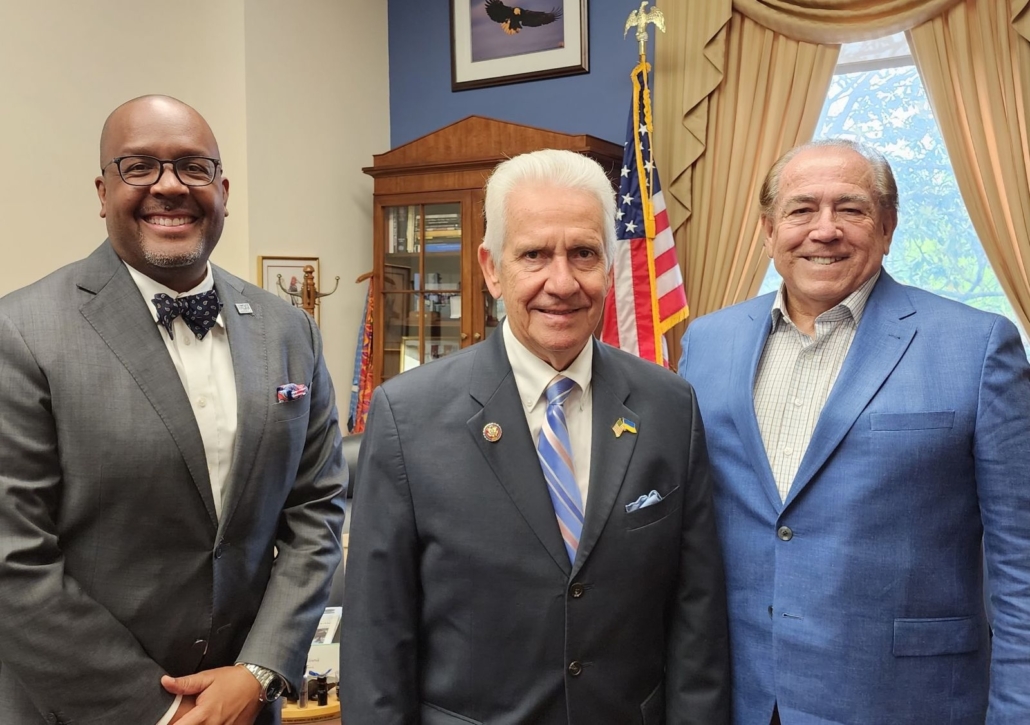MEMBER NEWS: Merced Promise Pathway
Representatives from Yosemite Community College District and UC Merced pose for photo following the signing of the Merced Promise Pathway MOU July 11 (left to right): Dr. James Zimmerman, UC Merced special assistant to the provost on Transfer Initiatives; Dr. Chad Redwing, MJC interim president; Dr. Don Davis, YCCD Trustee Area 1; Dr. Marjorie Zatz, UC Merced interim executive vice chancellor and provost; Mrs. Jenny Nicolau, YCCD Trustee Area 4; Mr. Antonio Aguilar, YCCD Trustee Area 7; Dr. Henry C. V. Yong, YCCD chancellor; Dr. Lena Tran, Columbia College president; Mrs. Leslie Beggs, YCCD Trustee Area 6; Dr. Juan Sánchez Muñoz, UC Merced chancellor; Dr. Milton Richards, YCCD Trustee Area 3; Dr. Charles Nies, UC Merced vice chancellor for Student Affairs.
Streamlining the path for students at
Modesto JC, Columbia College to transfer to UC Merced
Students at Modesto Junior College and Columbia College will have increased access to University of California, Merced thanks to an agreement between the university and Yosemite Community College District.
Known as the Merced Promise Pathway Memorandum of Understanding (MOU), the agreement between the three Central Valley Higher Education Consortium members provides a clear, streamlined pathway to UC Merced for MJC and Columbia students as well as a variety of supports to help them prepare for life at a four-year university.
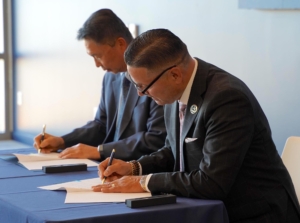
CVHEC board members Dr. Henry C. V. Yong, YCCD chancellor (left), and Dr. Juan Sánchez Muñoz, UC Merced chancellor, signing the Merced Promise Pathway MOU July 11.
YCCD Chancellor Henry C. V. Yong called the agreement “a great day for our students and residents in our district,” which covers all or parts of Stanislaus, Tuolumne, Calaveras and Santa Clara counties.
“With this agreement, our students’ futures are now brighter and more promising,” said Yong, who signed the MOU with UC Merced Chancellor Juan Sánchez Muñoz at a ceremony on the university campus July 11.
The UC leader said the Merced Promise Pathway will help his campus achieve one of its key goals from its founding in 2005.
“In signing this agreement, we honor the original purpose that impelled the UC system to place its newest campus in the Central Valley – a vow to increase college-going rates among the valley’s population, and a promise of progress and a better life,” Muñoz said.
Highlights of the Merced Promise Pathway include:
• Review pathways to facilitate an orderly and smooth transition from MJC and/or Columbia to UC Merced.
• Attract, track and retain qualified YCCD transfer students to UC Merced with an aspirational goal to increase transfers to 100 students by 2025.
• Target first-year YCCD students for program participation who applied to UC Merced as high school seniors but were not granted admission.
• Develop an online program mapper, a clear, simple-to-use tool that will allow students to select a program of study and accelerate their progress toward completion.
• Develop opportunities for summer undergraduate research projects for community college students on track to transfer to UC Merced.
• Develop a Yosemite Promise Scholars program for students who met specified criteria and for UC Merced to offer a financial scholarship package to attend the university as part of a transfer pathway.
Together, MJC and Columbia serve more than 30,000 students. Many of them are the first in their families to attend college or come from socio-economically disadvantaged backgrounds. Roughly 75 percent of MJC and Columbia students receive some form of financial aid. Like with CSU Stanislaus in Turlock – another popular transfer destination for YCCD students – the proximity of UC Merced offers an economic incentive for many students and their families.
“Due to UCM’s prime location, many YCCD students will not even have to leave home to attend a UC institution,” Yong said. “They will end up saving money on housing, which they could use for their graduate studies. All in all, this agreement is definitely a pathway to success for MJC and Columbia students.”
This is the third agreement of its kind between UC Merced and community college districts in the Central Valley. The other partnerships include are with Merced College and Fresno City College.
See: full YCCD/UC Merced press release
UC Media Contact: Alyssa Johansen, Public Information Officer
Office: (209) 413-9330 ajohansen@ucmerced.edu
YCCD: Chancellor’s Office: (209) 575-6509, publicaffairs@yosemite.edu



